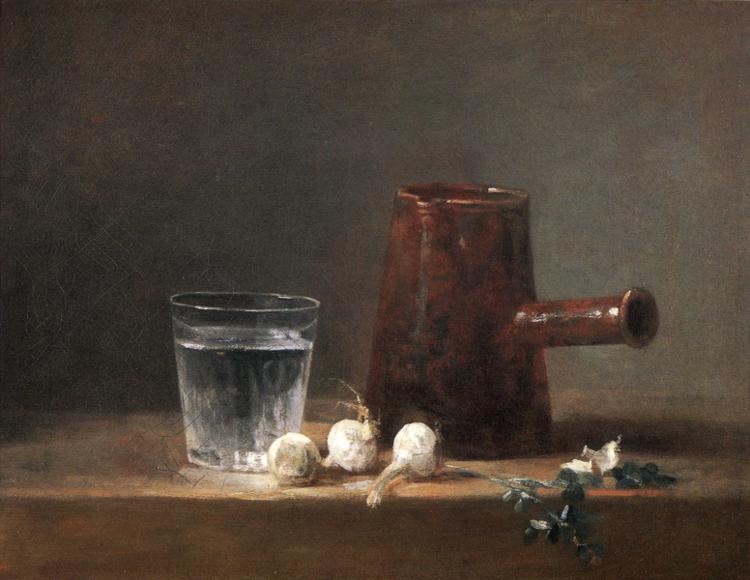In today’s Wall Street Journal “Sightings” column I hold forth on the fertile topic of flawed masterpieces. Here’s an excerpt.
* * *
Donald Francis Tovey, the celebrated English musicologist, liked to pose this riddle to his students: “Q. What is it which we all wish to learn from the Great Masters, and why can we never learn it? A. How to get out of a hole. Because they never get into a hole.” I thought of his puckish words when I saw the current Off-Broadway revival of August Wilson’s “The Piano Lesson.” Mr. Wilson was one of the greatest playwrights of the 20th century, and “The Piano Lesson” is one of his best plays–even though it’s needlessly talky. Like so much of his work, it’s flawed by the garrulousness that was Mr. Wilson’s cardinal artistic sin. Yet that didn’t stop me from marveling at “The Piano Lesson,” nor does it diminish his stature. Even among the great masters, it is imperfection, not perfection, that is the normal condition of art, and the higher you aim, the more likely you are to miss….
 This difficulty is more common to large-scale narrative art than to, say, painting or poetry. The smaller the canvas, the easier it is to get everything right, as Chardin did in “Glass of Water and Coffeepot,” which hangs in Pittsburgh’s Carnegie Museum of Art. Who would dare to suggest that the artist should have altered a single brush stroke of this exquisitely wrought still life, or long to change so much as one of the 62 lapidary words of William Butler Yeats’ “The Choice”?…
This difficulty is more common to large-scale narrative art than to, say, painting or poetry. The smaller the canvas, the easier it is to get everything right, as Chardin did in “Glass of Water and Coffeepot,” which hangs in Pittsburgh’s Carnegie Museum of Art. Who would dare to suggest that the artist should have altered a single brush stroke of this exquisitely wrought still life, or long to change so much as one of the 62 lapidary words of William Butler Yeats’ “The Choice”?…
As the scale of a work of art increases, though, the artist’s control of detail diminishes, and that’s when things typically start to go wrong. I don’t know a better Western than Howard Hawks’ “Rio Bravo,” but I wouldn’t have the slightest difficulty chopping out at least 15 of its 141 minutes…
Joan Acocella recently wrote a piece for the New Yorker in which she cited several great novels with defective endings, the best known of which are “David Copperfield” and “Huckleberry Finn.” What I call “finale-itis,” however, is just as common in other lines of artistic endeavor. Duke Ellington had so chronic a case of finale-itis that he actually persuaded Billy Strayhorn, his longtime collaborator, to write the last 10 measures of “A Tone Parallel to Harlem.” (No, you can’t tell who wrote what unless you’ve been tipped off in advance.) And William Walton stalled out completely when writing his First Symphony, allowing it to be “premiered” in 1934 without a final movement, which he belatedly supplied a year later. “I had to wait for the mood–I could not think of the right thing to do,” he said. “Then it came.” Except that it didn’t: The finale of Walton’s First is a super-spectacular but windy piece of musical rhetoric that lacks the concentration of the preceding movements.
Here as elsewhere, the good news is that the imperfections of a masterpiece need not prevent us from loving it, flaws and all….
* * *
Read the whole thing here.
Semyon Bychkov and the WDR-Sinfonieorchester Köln perform the finale of William Walton’s First Symphony in concert in 2009:
